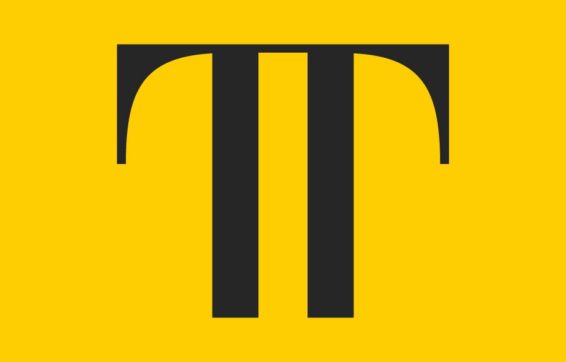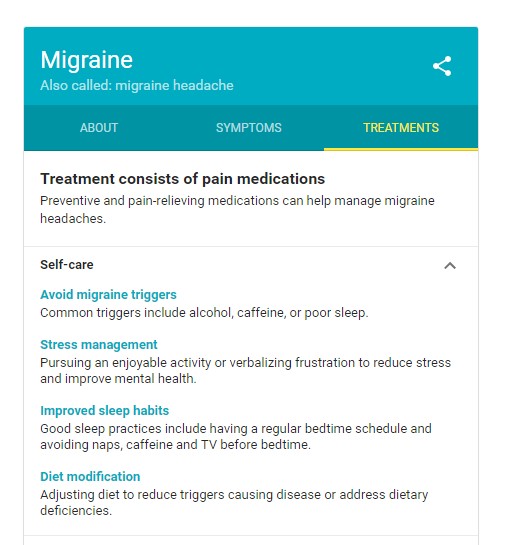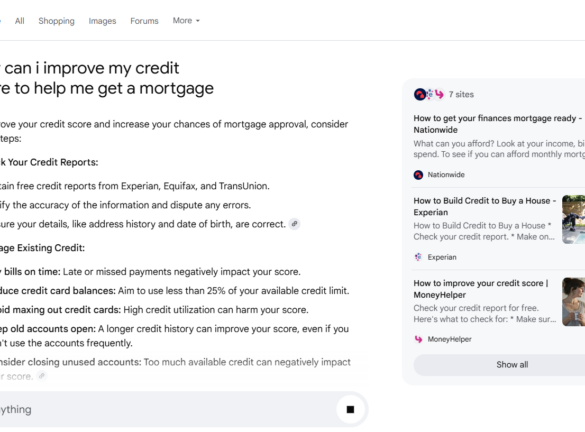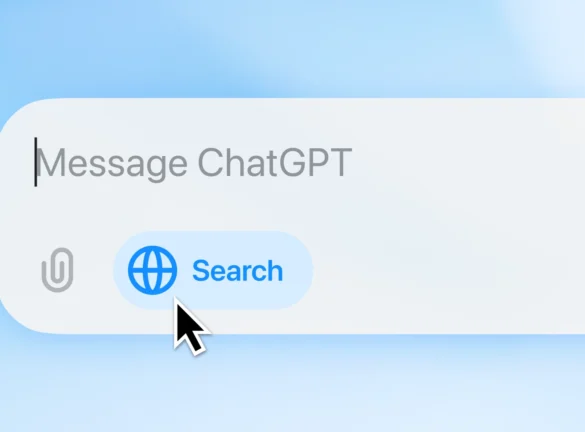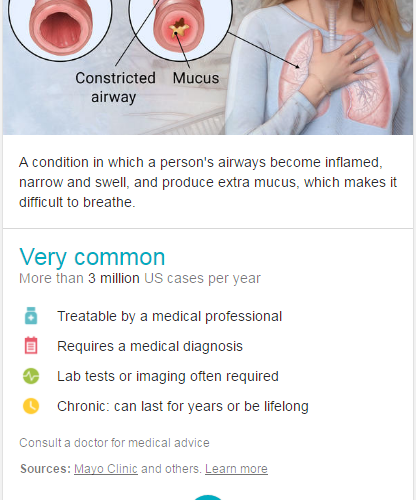
The ‘Health Knowledge Graph’s’ Impact on SEO & PPC
The Impact of the ‘Health Knowledge Graph’ Update
As Google rolls out ‘Health Knowledge Graph’ results we expect to see a shift in consumer search behaviour. In turn, marketers will likely adapt their content delivery strategies through paid and organic search. For instance, paid search ROI will be increasingly reliant on an in-depth understanding of which keywords need to be targeted at each stage of the conversion funnel.
- Endemic health websites will feel the biggest impact
The introduction of the new ‘Health Knowledge Graph’ as Google’s one-stop shop for quick answers to generic queries could cause a drop in the click-through rate of the top-ranking websites such as WebMD. More generally, the update could seriously impact the traffic coming to all websites relying heavily on paid advertising.
And whilst such sites are vulnerable to criticism about potential bias, Google has insisted that the ‘Health Knowledge Graph’ provides unbiased information which has been vetted by a panel of experts – the full list can be seen on https://support.google.com/websearch/answer/2364942?hl=en
- Mobile search visibility will become more difficult
2014 saw health-related Mobile searches reach impression levels equal-to or greater-than Desktop searches. Thus, Mobile search is an important place for visibility in the health sector and a vital point of contact with consumers.
The ‘Health Knowledge Graph’ appears below the paid search listings and above the organic listings. In turn this pushes organic listings further down. With limited organic visibility, paid search may need to supplement these searches to reach searchers as they enter the category.
- Treatment search visibility becomes more important
The ‘Health Knowledge Graph’ guides consumers down the funnel from condition information to treatment options. When a potential consumer has been successfully educated by the ‘Health Knowledge Graph’, an opportunity arises to connect with them as they move on to their treatment search.
The pre-determined Google searches in the ‘treatment tab’ could cause an increase in the number of impressions for those narrowed-down queries – which generally don’t display a ‘Health Knowledge Graph’.
- The ‘Health Knowledge Graph’ accuracy will need to be monitored
Even though information is being populated from trusted sources, there is no guarantee that all the provided information will be completely accurate, especially in the early days of the Health Knowledge Graph. Marketers should monitor what information is being provided to patients and feedback to Google on what is displayed in order to prevent patient misinformation.
- Lifestyle education may lead to stronger interest in education
Of particular interest is the fact that the ‘Health Knowledge Graph’ includes lifestyle education as part of the recommended treatment regimen. The idea that healthy living habits lead to healthy individuals is not in itself ground-breaking, however, preconising specific lifestyle answers to specific health problems could potentially make the search volume soar for these lifestyle tips.
For instance, lifestyle advice related to the treatment of “type 2 diabetes” such as physical exercises, nutrition counselling or weight loss could become a lot more popular.
SEOs should keep an eye on the search volume of related lifestyle queries to determine if the information is in fact of interest to potential customers. If search impressions do surge, SEOs should be ready to publish quality content to target those new topics.
- Click-through rates on branded websites will decrease
As one in 20 Google searches revolves around health queries, many speculate that the ‘Health Knowledge Graph’ is a way for Google to retain the large volume associated with health searches on Google real estate. If for example a healthcare provider simply seeks to confirm the spelling of a branded drug, the KG will tell them what they need to know without clicking through to a branded site.
Intouch conducted a Knowledge Graph study to determine the existence of a correlation between the new health knowledge graph and lower click through rates in organic search results. As it turns out, the impact was a 4% decline in CTR out of the 26 pharma brand under study. Interestingly, this drop mainly concerned the brands that have linked their brand and generic terms to the ‘Health Knowledge Graph’.
- Bidding on long-tail content will rise
Since branded and generic terms are triggering the link between these websites to the ‘Health Knowledge Graph’ — Intouch recommends seeking out and taking advantage of opportunities to optimise for long-tail branded traffic.
Long-tail keywords are defined as any search queries consisting of four or more words e.g. ‘can Advil be taken with other medications’. They generally have more identifiable search intent, are searched fewer times and are easier to rank for organically as well as helping to fulfil specific user needs.
What is the next for the Knowledge Graph?
At this point, it would not be a stretch to imagine that Google could make good use of their wealth of data and start displaying regional trends in search behaviour in the ‘Health Knowledge Graphs’. This would represent a major competitive advantage and would likely impact organic and paid results further still.
Finally, including a feature such as ‘find a doctor/find a specialist near you’ could make the link with another staple of the Google arsenal: Google Maps. This would again participate in creating a unique feel and a custom experience for health info seekers. Not to mention that it could potentially send their ad revenue through the roof as it would give advertisers contextually relevant options.
We’ll stay tuned for the launch of the Health Knowledge Graph in the UK!


